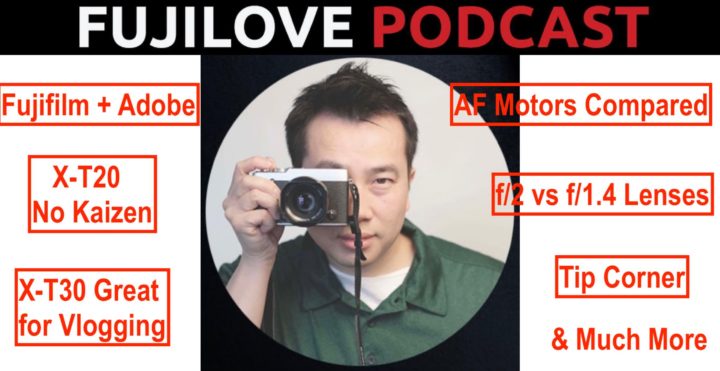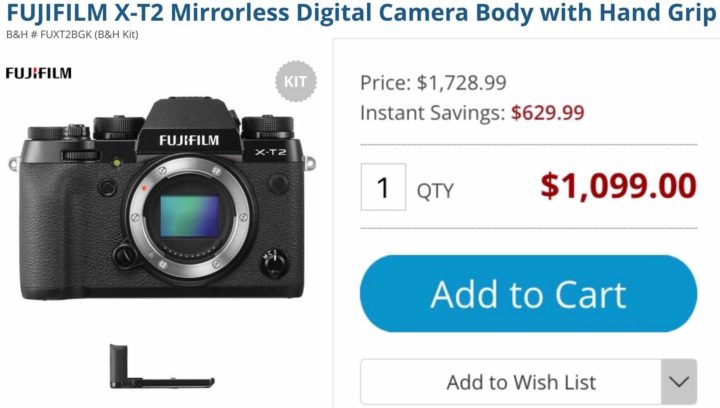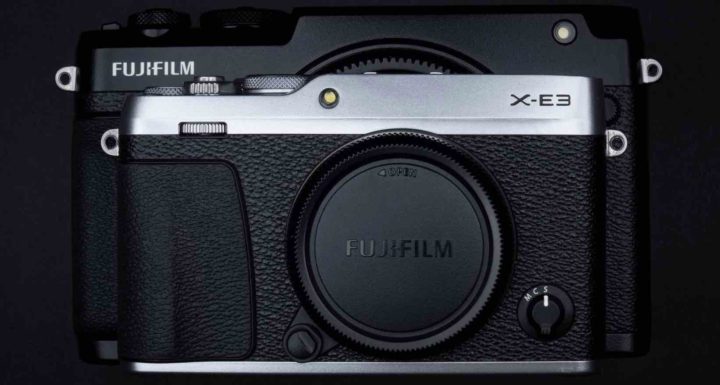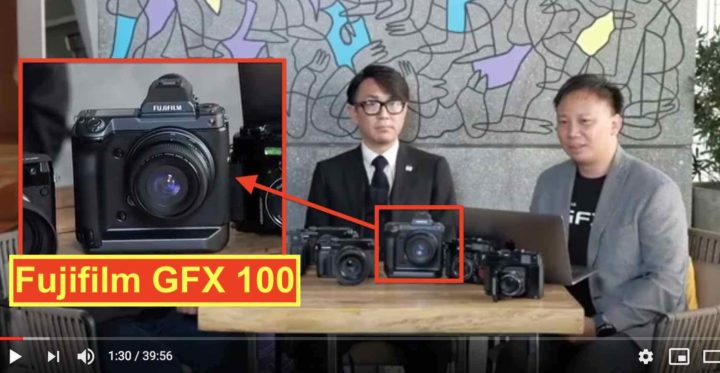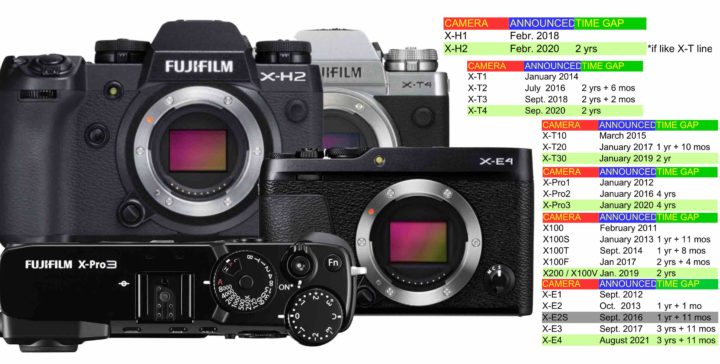FUJIFILM GFX 50R and X-T30 crowned Winners at the 2019 TIPA World Awards
Tipa Awards 2019
We already questioned a few times, if these awards make sense, by disclosing how the award business works. But for some reason many Fujifilm X and GFX still rejoice when they read about Fujifilm winning an EISA, TIPA or whatever else award.
So I don’t want to be the spoilsport here, let’s just ignore it all and rejoice once again :).
Oh, and btw, don’t take any award seriously, that does not assign a price to the stellar FUJIFILM XF 200mm f/2 R LM OIS WR.
Here are all the winners:
Cameras
- BEST APS-C CAMERA ADVANCED – Fujifilm X-T30
- BEST APS-C CAMERA EXPERT – Sony A6400
- BEST DSLR CAMERA – Nikon D3500
- BEST MFT CAMERA PROFESSIONAL – Olympus OM-D E-M1X
- BEST FULL FRAME CAMERA ADVANCED – Canon EOS RP
- BEST FULL FRAME CAMERA EXPERT – Nikon Z 6
- BEST FULL FRAME PROFESSIONAL CAMERA – Nikon Z 7
- BEST FULL FRAME PHOTO/VIDEO – Panasonic LUMIX S1
- BEST MEDIUM FORMAT CAMERA – Fujifilm GFX 50R
- BEST EXPERT COMPACT CAMERA – Ricoh GR III
- BEST SUPERZOOM COMPACT CAMERA – Sony RX100 VI
Lenses
- BEST DSLR ULTRA WIDE PRIME LENS – Samyang XP 10mm f3.5
- BEST DSLR PRIME LENS – Sigma 40mm F1.4 DG HSM | Art
- BEST DSLR WIDE ANGLE ZOOM LENS – Tokina opera 16-28mm f/2.8 FF
- BEST DSLR TELEPHOTO ZOOM LENS – Sigma 60-600mm F4.5-6.3 DG OS HSM Sports
- BEST DSLR PROFESSIONAL ZOOM LENS – Sigma 70-200mm F2.8 DG OS HSM Sports
- BEST DSLR PROFESSIONAL PRIME LENS – Canon EF400mm f/2.8L IS III USM
- BEST APS-C MIRRORLESS PRIME LENS – Canon EF-M32mm f/1.4 STM
- BEST MIRRORLESS PRIME STANDARD LENS – Canon RF50mm F1.2 L USM
- BEST MIRRORLESS PRIME TELEPHOTO LENS – Sony FE 135mm F1.8 GM
- BEST MIRRORLESS WIDE ANGLE ZOOM LENS – Nikon NIKKOR Z 14-30mm f/4 S
- BEST MIRRORLESS STANDARD ZOOM LENS – Tamron 28-75mm F/2.8 Di III RXD (Model A036)
- BEST MIRRORLESS PROFESSIONAL LENS – Sony FE 400mm F2.8 GM OSS
Other Awards
- BEST PHOTO BAG – Lowepro Whistler BP450 AW II
- BEST FLASH SYSTEM – Godox WITSTRO AD400Pro
- BEST TRAVEL TRIPOD – Manfrotto Befree GT Carbon Fibre
- BEST INKJET PHOTO PAPER – Hahnemühle Photo Rag® Metallic
- BEST IMAGING SOFTWARE – Skylum Luminar 3
- BEST CAMERA ACCESSORY – Hoya Fusion One
- BEST IMAGING STORAGE SOLUTION – Sony SF-G series TOUGH Specification Cards
- BEST PORTABLE LED LIGHT – Metz Mecalight S500 BC
- BEST PROFESSIONAL TRIPOD – Uniqball iQUICK3Pod
- BEST PHOTO MONITOR LG – UltraFine Display 32UL950
- BEST BUDGET PHOTO MONITOR – BenQ SW240
- BEST PHOTO SMARTPHONE – Huawei P30 Pro
- BEST PROFESSIONAL VIDEO CAMERA – Blackmagic URSA Mini Pro 4.6K G2
- BEST 360º CAMERA – Ricoh Theta Z1
- BEST PHOTO SERVICE – Cewe hexxas
- BEST DESIGN – Zeiss ZX1
- SPECIAL INDUSTRY AWARD – L-Mount Alliance
The Fujifilm winners:
- X-T30
- GFX 50R
Press Release







